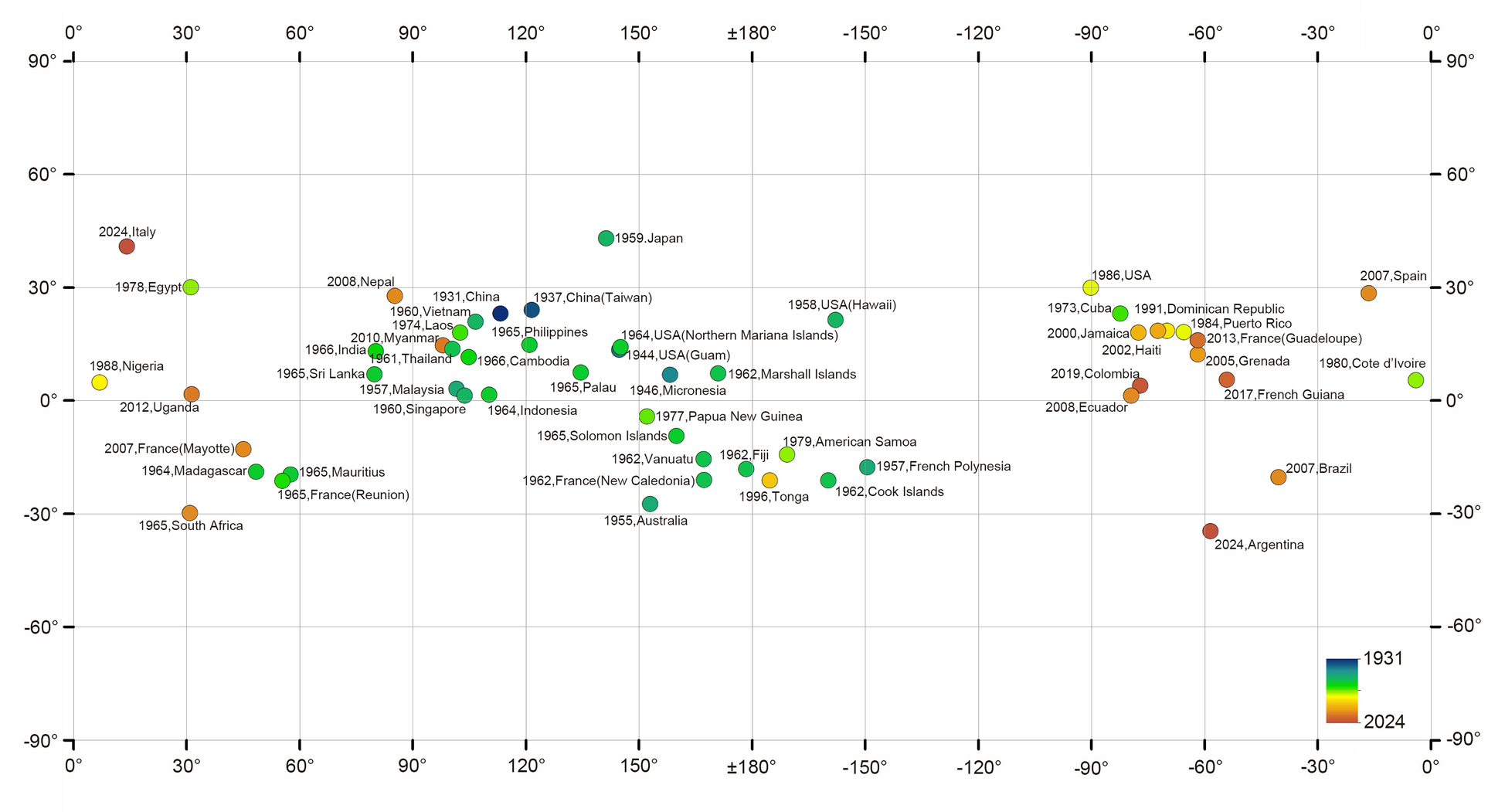China’s history with A. cantonensis serves as a powerful microcosm of the global challenge posed by this emerging zoonosis. The country’s experience, marked by initial cases, devastating outbreaks, and the development of a robust national…
The 90th anniversary of Angiostrongylus cantonensis: from local discovery to global endemic | Infectious Diseases of Poverty
